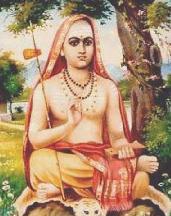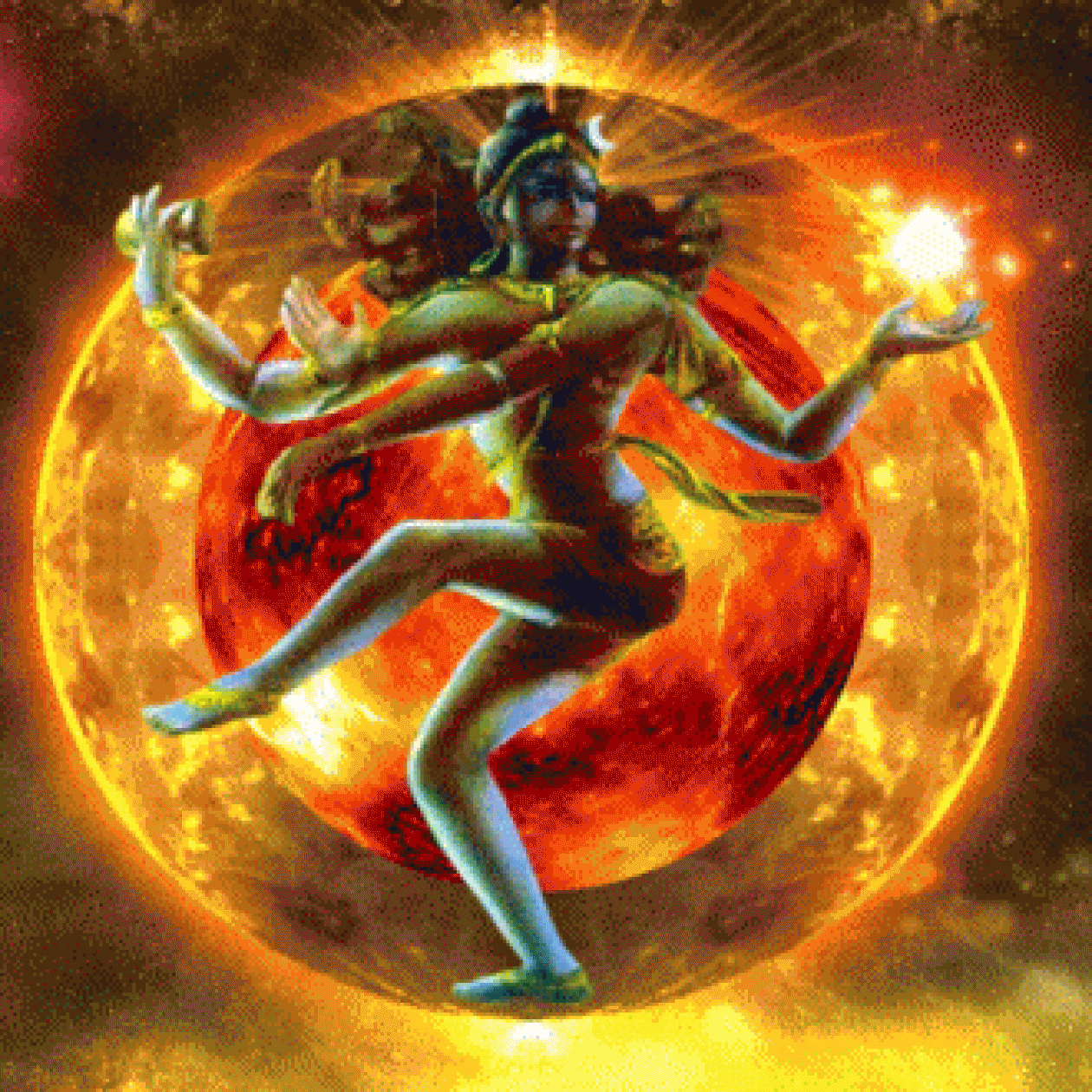Viveka Chudamani–by Adi Sankaracharya
Viveka Chudamani – by Adi Sankaracharya
The two Epics and the Prasthana thraya—the triple foundation of the Vedanta school of philosophical and spiritual system, namely the Upanishads, Brahma Sutras (Vedanta Sutras) and the Bhagavad-Gita—are the perennial sources of ethical and spiritual knowledge and wisdom, inspiring thousands of earnest seekers of truth. The great Sankaracharya’s Viveka Chudamani

Viveka Chudamani consists of 580 verses in Sanskrit, but unlike other scriptures, it is not divided into chapters and sections. However, it has the dialogue form of the Gita—here, between the Master and the disciple. The subject is dealt with in a direct, lucid and incisive way. It is comprehensible in its scope and covers a variety of subjects, viz, preparation to fit oneself, learning to discern the real from the false, controlling the personality to liberate oneself, and final union with the One.
Viveka Chudamani is considered to be the masterpiece of Advaita Vedanta, of which Sankara (510-478 B.C.) is the greatest exponent. H.P.B. speaks of him as “the greatest of the esoteric masters of India,” and “one of the greatest minds that appeared on earth.” (S.D., I, 86 and 522)
Advaita means non-dual—”Ekameva Adwitiyam” or One without a second. The system recognizes Parabrahman or Paramatman as the only Reality. Everything other than that, including the phenomenal world, is maya or illusion.
Sankara postulates that the spirit of man is identical with the Supreme Spirit and our sufferings and errors are the result of the failure to realize this identity. He asserts that the realization of the oneness with the supreme can liberate us from the bonds of the cycle of births and deaths. The central teaching is that “Jivatma” is none other than “Paramatma,” i.e., self alone is real and not-self is appearance. The false identification of self with the not-self is the cause of bondage. This bondage is because of the ignorance of the real nature of the self and freedom is attained as soon as the ignorance disappears at the dawn of self-realization.
As Theosophy points out, the greatest impediment to this freedom is our preoccupation with the objective world and personal life, which inevitably leads to conflict of interest, jealousy, revenge and moral depravity, raising barriers between man and man. The only remedy lies in detachment and practice of virtues which alone can liberate the mind.
In Viveka Chudamani, discrimination, wisdom, and discipline are prescribed for the purpose of spiritual knowledge and its realization, i.e., uniting one’s self with the Supreme Self.
Sankara says, “For beings a human birth is hard to win, then manhood and holiness, then excellence in the path of wise law; hardest of all to win is wisdom” (Verse 2). The same idea was given by the Enlightened One in the Dhammapada: “Difficult it is to obtain birth as a human being. Difficult it is to live the life of a man. Difficult it is to get to hear the True Law. Difficult it is to attain to Enlightenment” (Verse 182). The Tamil saint “Avvaiyar” uttered 2100 years ago the same teaching, when she said, “Rare, rare indeed is to be born as a human being.”
Thus, it is difficult to obtain human birth and difficult to live as a human being so that the natural qualities of a human being, viz, kindness, absence of every ill feeling or selfishness, charity, good will to all beings can manifest. When we really live as a human being, it is difficult to know the doctrine. When we know the doctrine, it is then difficult to reach to wisdom. Sri Krishna says in the Gita: “Among thousands of mortals a single one perhaps strives for perfection, and among those so striving perhaps a single one knows me as I am.” (Chapter 7)
Further, Sankara says that after being born as a human being and after obtaining the knowledge of the teaching, if one does not strive for Freedom he is a fool. Therefore “let the wise one strive after Freedom, giving up all longing for sensual self-indulgence; approaching the good, great Teacher (the Higher Self), with the soul intent on the object of the teaching.” “Let him by the Self raise the self, sunk in the ocean of the world, following the path of union through complete recognition of oneness.” (Verses 8 and 9)
We have the same idea expressed in the Dhammapada and the Gita. Thus:
“He should raise the self by the Self; let him not suffer the Self to be lowered, for the Self is the friend of self, and, in like manner, self is its own enemy” (Gita, chapter 6).
“Rouse your self by your Self, examine your self by your Self. Thus self-guarded and mindful you will live happily, O Bhikkhu.” (Dhammapada)
Again Sankara says: “Therefore mind is the cause of man’s bondage, and in turn of his liberation; when darkened by the powers of passion it is the cause of bondage, and when pure of passion and darkness it is the cause of liberation.” (Verse 175)
All the above verses speak about the dual aspect of Manas—the lower and the higher. Although man is an emanation of Manasaputra, the ray of the higher Manas cannot act on this plane except through its alter ego, the lower manas. The lower manas, though one in essence with the higher Manas, forgets its divine parentage as soon as it is embodied in a vehicle of astral substance. The lower manas, identifying itself with the personality, in which it incarnates, is caught in the web of Kama. Hence, it is said that Manas is crucified between two thieves, one ever pulling Manas to the lower animal level and the other with high and noble aspirations ever encouraging Manas to look within to its parent—Atma-Buddhi-Manas. The moment we try to free Manas from the clutches of Kama, it can become an organ of free will in man and help him to ascend to heavenly heights. For this, one has to practise dispassion.
One of the prime conditions for detachment is moral purity. To achieve that purity the following steps are necessary:
1. To distinguish between the immortal soul and evanescent personality.
2. Our thoughts, feelings and words to fall in line with our Higher Self.
3. Freeing the mind from the desires of the personality which influence our thoughts.
4. To constantly dwell on noble, high aspiring themes with purity of motive.
5. To practise inselfishness and altruism.
6. To give noetic impulse to various lives in our body instead of psychic impulses.
7. To give up the life of personality in order to live the life in Spirit.
If our ideas of morality are rooted in our Immortal Self, then as Sri Krishna says in the Gita, we can reach the stage when our desires will be regulated by moral fitness.
Viveka means wisdom or discrimination and Chudamani is a jewel worn on the head. Appropriately, Sankara has likened it to a jewel in the head.
Sankara addresses our moral sense and understanding. He appeals to our reason in a unique way. For clearness and simplicity it is unparalleled. The aim is, freedom from the bondage of the world. It wakes up every human being who is asleep, appeals to the universal ideal of common humanity.
Sankara says that it is not enough to listen to his words. “Freedom from bondage of the world” demands something more. “Sickness is not cured by saying ‘Medicine,’ but by drinking it. So a man is not set free by the name of the Eternal without discerning the Eternal” (Verse 64). In other words, the Teaching must become part of our life and character if it is to bear fruit; it is futile to contemplate the virtue of freedom in the abstract, without living the higher life.
The same idea occurs in Chandogya Upanishad. It is not the knowledge of the scriptures but the realization of the Self that brings liberation to the spirit of man. There is an episode in Chandogya Upanishad in which Narada goes to Sanatkumara and tells him that he knows all the scriptures and all the sciences and arts of his time, yet has no knowledge of the Self. In the Gita we find: “I will instruct thee fully in this knowledge and in its realization, which, having learned, there remains nothing else to be known.” (Chapter 7)
Mr. Judge tells us that “realization comes from dwelling on the thought to be realized,” i.e., when one has acquired spiritual knowledge he has to make it part of his life by living it.
Often criticism is levelled against the doctrine of liberation, i.e., freedom from bondage of the world. But the very life and teaching of Sankara belie this. He talks of freedom from bondage of matter and desire which will enable one to work with the aim of Nature and Soul, including all souls of all men.
This is brought out in verses 39 and 40: “The great good ones dwell in peace, bringing joy to the world like the return of spring. Having crossed the ocean of the world, they ever help others to cross over.” “For this is the very nature of the great-souled ones (Mahatmas)—their swiftness to take away the weariness of others. So the soft-rayed moon of itself soothes the earth, burned by the fierce sun’s heat.”
Download in pdf –vivekachudamani








Reblogged this on Lake Malaren and commented:
There is so much wisdom here to read.
LikeLike
Thank you for checking by.
LikeLike
Thank you for posting.
LikeLike